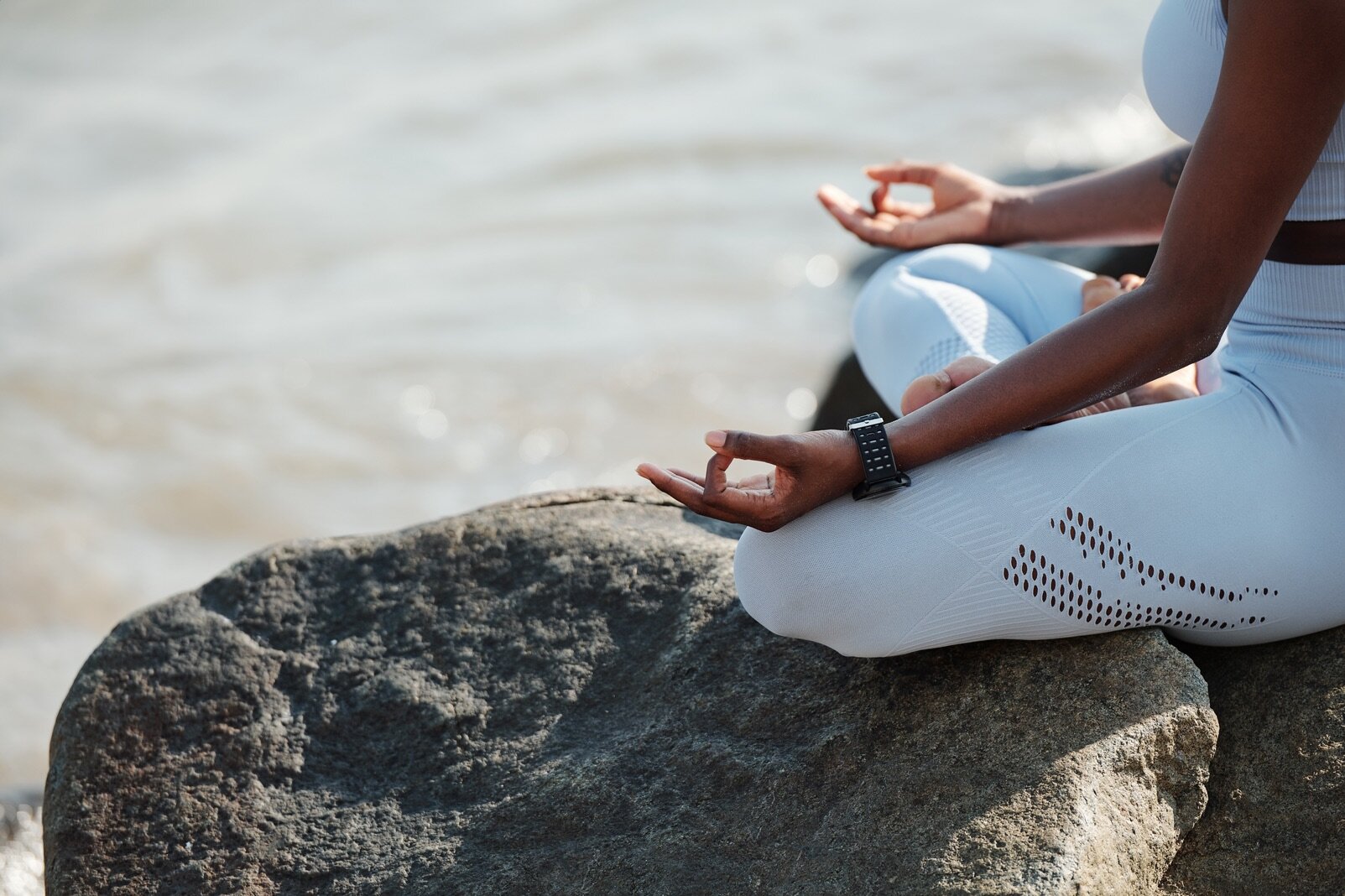A Quiet Mind
How do we stop the constant chatter swirling in our head, free ourselves from stress and anxiety? How do we enter a state of inner tranquillity? Meditation may just be the answer.
Last year was a time to explore the many different meditation available online – Chopra, Mindvalley and Headspace come to mind. With so many practices out there making a buzz, what’s another one to check out?
A friend and I decided to explore transcendental meditation. We attended the introductory TM workshop with a room full of diverse people. We were each given the chance to explain the reason why we were there. Every single person in the room gave a different answer that included mental health, influence from a loved one, less stress, curiosity, back pain and so on. But one thing was sure: we were all looking to improve ourselves.
Transcendental Meditation (TM) is defined as a technique for detaching oneself from anxiety and promoting harmony and self-realization by meditation, repetition of a mantra, and other yogic practices, promulgated by an international organization founded by the Indian guru Maharishi Mahesh Yogi.
TM is, arguably, the most practiced meditation with 6 million practitioners and increasing, and has been widely researched as the most “relaxation technique in the world.”
Oprah Winfrey, Gwyneth Paltrow, George Lucas, Rupert Murdoch, Katy Perry, Cameron Diaz, Clint Eastwood and Hugh Jackman are just a few of the celebrities reported to be “transcendentalist” (term for TM practitioners).
Photo: Oprah Meditation- Facebook.com
Photo: HT_ABACA Press Feance_The Guardian
Hugh Jackman was quoted saying: “In meditation, I can let go of everything. I’m not Hugh Jackman. I’m not a dad. I’m not a husband. I’m just dipping into that powerful source that creates everything. I take a little bath in it. Nothing has ever opened my eyes like Transcendental Meditation has. It makes me calm and happy, and, well, it gives me some peace and quiet in what’s a pretty chaotic life!” (source: maharishischool.org)
Maharishi Mahesh Yogi (1918-2008) was a young Indian scientist who rediscovered the TM method 60 years ago. His principle was that meditation is not about controlling the mind at all but rather he developed a way to train people to activate a natural process where the mind goes to a state of complete inner silence by itself, completely effortlessly.
“I call my method meditation, but it is, in fact, a technique of self-exploration; it enables a man to dive into the innermost reaches of his being, in which dwell the essence of life and the source of all wisdom, all creativity, all peace, and all happiness.” Maharishi Mahesh Yogi, Founder of the TM Technique
“The practice of Transcendental Meditation is very simple, therefore Maharishi’s answer is simple; Just as the habit of the mind is to be drawn to happiness, the mind trickles down to experience Transcendental Consciousness. There is no magic. Potential of the individual is cosmic.” (source: tmhome.com)
Photo: TM Maharishi Mahesh Yogi (tmhome.com)
Maharishi Mahesh Yogi with the Beatles
CK Low is a lead teacher of TM in Singapore, and has been meditating for decades. He started TM as taught by Maharishi Mahesh Yogi in 1978 when he was a student in the UK.
“I came across a book [The] Relaxation Response, in it has descriptions of experience for TM meditation,” CK recalls how he discovered his meditation journey. “I wanted that experience so I started. And in 1988, I attended a teacher training course to become a teacher of Transcendental Meditation technique.”
CK goes on to tell us that, “Everyone will benefit, it doesn’t matter if you are happy or stressed or depressed or rich or poor; religious or atheist, believer or non-believer in meditation. It’s a natural mental technique.”
TM Techniques (themindfool.com)
TM benefits (themindfool.com)
There are many benefits that can be achieved easily, CK adds, such as joy, freedom, peace, tolerance, acceptance, less stress, the ability to recharge and cope with life challenges, and better health. Scientific studies have also shown that enough people practicing the technique together can create positive influence in society.
“The Self, deep within everyone, is the ultimate goal of one’s life. It is absolute bliss, consciousness, heaven within,” CK goes on. “When you are happy with yourself, you can spread love to others.”
Now here’s the bonus. TM is easy. Anyone can learn the technique in a few evening sessions. It is completely effortless and enjoyable to practice, and the effects are usually noticeable from the first few sittings. It even sounds almost too good to be true.
How can TM help us in today’s precarious climate?
“More and more people in Singapore, and around the world, will begin to realize that they need balance in life. We need rest. TM can provide deep rest to one’s mind and body. TM is very easy to learn and joyful to practice, 20 minutes twice a day,” CK advises. “Just meditate regularly and you will grow and blossom into your very best.”
Whether the purpose for meditating is to reduce stress and anxiety, enhance relationships, or promote health and longevity, we were ready to sign up for our one-on-one instruction.
Karmela | ws











